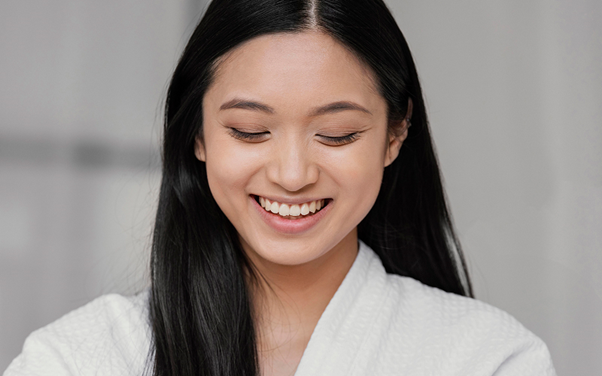If you’ve ever thought about straightening your teeth, chances are you’ve asked yourself whether Invisalign or traditional braces would be better. Both are effective, but they work in very different ways and suit different lifestyles. An orthodontic dentist is usually the best person to guide you, but it helps to understand the pros and cons before you make your decision.
The Basics of Traditional Braces
Traditional braces are the classic option most of us are familiar with. They use metal brackets and wires to shift your teeth into place over time. Because they’re fixed, you don’t have to worry about forgetting to wear them, which makes them very reliable.
Braces are also great for treating more complicated cases, such as severe crowding or large gaps. They’re a strong and predictable choice, especially for children and teens.
That said, they’re not without drawbacks. Braces are highly visible, can feel uncomfortable after adjustments, and require extra care when brushing and flossing. Certain foods, like sticky or hard snacks, need to be avoided to keep the brackets intact.
How Invisalign Works
Invisalign has become a popular alternative in recent years. Invisalign in Singapore is widely offered in dental clinics, and it appeals to people who want something discreet. Instead of metal, Invisalign uses clear, removable aligners that fit snugly over your teeth.
You’ll get a new set of aligners every couple of weeks, each one shifting your teeth a little more until they reach the desired position. Because the aligners can be taken out, eating and cleaning your teeth is much easier than with braces.
The big selling point is appearance. Many adults prefer Invisalign because it’s almost invisible, allowing them to go through treatment without anyone noticing. The catch, though, is that it only works well if you’re disciplined enough to wear them for 20 to 22 hours a day. Forgetting or leaving them out too often can delay results.
Comfort and Lifestyle Differences
Comfort plays a big role in the choice. Braces can sometimes rub against the inside of your mouth and feel tight after adjustments. Invisalign aligners, being smooth plastic, are generally easier on the gums and cheeks, though you may feel some pressure when you switch to a new set.
Lifestyle is another factor. If you’re active in sports or prefer not to deal with food restrictions, Invisalign might fit better. But for kids or teens who might misplace or forget to wear them, braces can be the safer option since they stay put.
Cost and Treatment Duration
Costs are often part of the decision. Braces usually come at a lower price than Invisalign, though the exact amount depends on your condition and the clinic. Both treatments can take anywhere from a year to a few years, but Invisalign may work faster for mild cases.
If cost is a concern, you don’t have to rule out either option right away. Many dental clinics provide dental financial assistance or flexible payment plans, which make treatment more manageable without having to pay everything up front.
Which Option Should You Choose?
There’s no one-size-fits-all answer. If your case is more complex, braces may be the more effective choice. If you want something subtle and removable, Invisalign could be ideal. What matters is choosing the treatment that matches your needs, lifestyle, and level of commitment. Talking to a professional will give you clarity on which option suits you best.
Conclusion
Both Invisalign and traditional braces can transform your smile, but the right choice depends on your situation. The guidance of an orthodontic dentist will help you weigh the benefits and understand which treatment will give you ideal results. If you’re ready to explore your options, contact Neo Smiles today to take the first step towards a confident, healthier smile.

